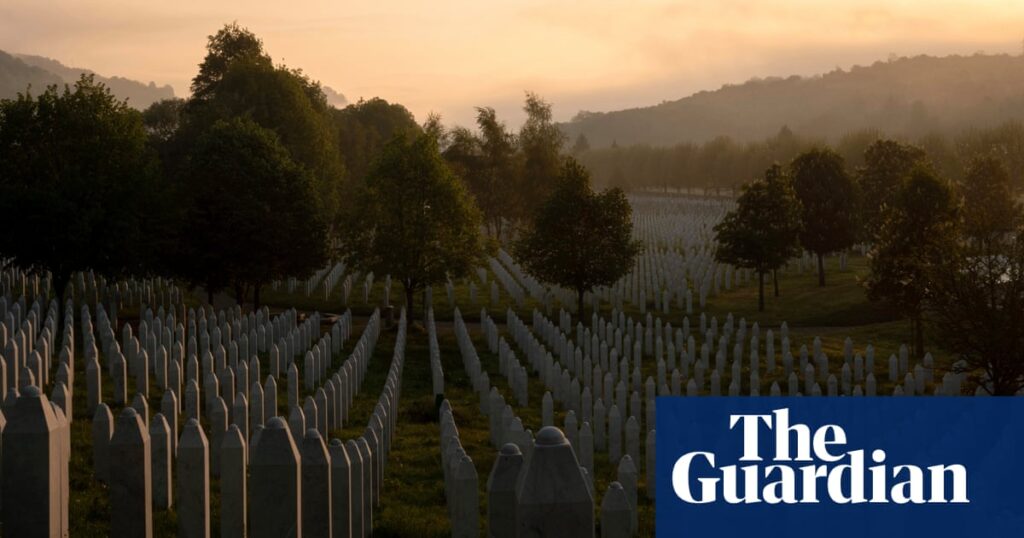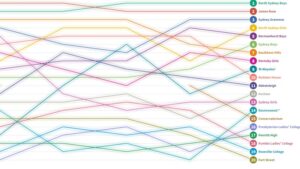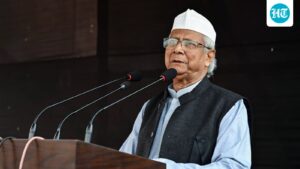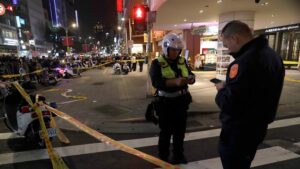
Behind the battle-scarred facades of Srebrenica, a serene blue sky belies the deep scars of a community still grappling with the aftermath of genocide. It has been thirty years since the horrific events of 1995, yet the quiet roads along Lake Perućac, on the border between Bosnia and Herzegovina and Serbia, echo with memories of the past. This area, once a frontline, now hosts picnicking families, but beneath its tranquil surface lie the remains of 238 bodies, a grim reminder of the atrocities committed here.
For Šehra, a 59-year-old returnee, the view from her window is a painful juxtaposition of beauty and trauma. She is one of the few Bosnian Muslims who have returned to the Srebrenica area, reclaiming her home as a means of confronting her past. Her memories of evading death in 1995, when she was just 29, are vivid. The whispers of sexual violence still haunt her, a painful legacy that has driven a wedge between her and her ex-husband, who abandoned their daughters after the war. “There are days I want to kill myself, but I have my prayer. At least God helps me,” she confides.
The Struggle for Normalcy
In the hamlet of Urisići, once home to 70 households, only 11 remain. The village, like many others in the Srebrenica municipality, is a shadow of its former self, with abandoned houses overtaken by nature. The systematic ethnic cleansing that claimed approximately 10,000 lives has left Bosniaks, who once formed the majority, as a minority in their homeland. The pervasive climate of fear, fueled by rising Slavic nationalism, continues to unsettle those who have returned.
Nizama, an 18-year-old who has returned to her family’s farm, grapples with the challenges of rural life. “What in God’s name did I do to be here?” she laments, as she juggles school and farm duties. Her father, Fahrudin, himself a survivor of the genocide, sees their return as a right and a necessity. Yet, for his daughters, the label of ‘refugees’ persists, a painful reminder that their belonging is still questioned.
Education and Denial
For families like Elvir and Amina’s, the struggle extends to education. The Bosnian Serb curriculum’s omission of the genocide reflects a broader culture of denialism, exacerbated by the ultranationalist rhetoric of Republika Srpska’s president, Milorad Dodik. His claims that the Srebrenica massacre was not genocide and that the victim count is exaggerated have only deepened divisions. Elvir and Amina have reluctantly chosen to send their children to an all-Muslim school across the inter-entity boundary line, seeking safety in a segregated system.
Elvir’s memories of his own disrupted education, marked by violence and loss, haunt him. He recalls the random shootings and the terror of hiding in forests, stories that have become uneasy bedtime tales for his children. “There has always been so much fear here, but for the parents, it’s even worse,” he reflects.
Commemoration and Reflection
As dawn breaks over Potočari, the site of the largest mass killing in Europe since World War II, a neon heart glows from within the forest. Here, on July 11, 1995, the genocide unfolded as Bosnian Serb forces besieged the UN-designated “safe area” of Srebrenica. The Srebrenica memorial center now stands as a testament to the failure of the international community, a place of remembrance for the 8,372 victims.
The former Dutch UN peacekeepers’ base, a decaying factory, remains a stark symbol of inaction. Graffiti on its walls speaks of disdain for those they were meant to protect. The site now hosts a museum, a permanent reminder of the international community’s responsibility. For the Mothers of Srebrenica, the pain of loss is compounded by the presence of visiting veterans, a reminder of the betrayal they endured.
Across the road, rows of white headstones mark the graves of the genocide’s victims. School trips to the cemetery have become a rite of passage for Bosnia’s youth, a crucial step in acknowledging and reversing the ethnic cleansing that took place.
Living with the Past
For survivors like Tifa, who lives near a mass grave, the past is ever-present. Her uncle’s murder site is a constant reminder of the violence that tore her family apart. “They don’t want us Muslims here,” she says of her neighbors, many of whom were complicit in the genocide. Despite the fear of history repeating itself, Tifa remains determined to reclaim her home and confront the past.
On July 11, Tifa will join thousands at Potočari for the annual commemoration, a solemn gathering fraught with risk. The memorial center has faced threats, including bomb scares, underscoring the ongoing tensions in the region.
For Ajkuna, an 84-year-old survivor, the pain of loss is insurmountable. Her five sons were murdered in 1995, and her husband’s body was found in a mass grave. “I don’t know how to go on living without the children I lost,” she confesses. Her story, like so many others, is a testament to the enduring impact of the genocide on those who survived.
As Bosnia marks another year since the genocide, the scars of Srebrenica remain deep. The community’s struggle for peace and reconciliation continues, a poignant reminder of the need for justice and healing in the face of unimaginable loss.






